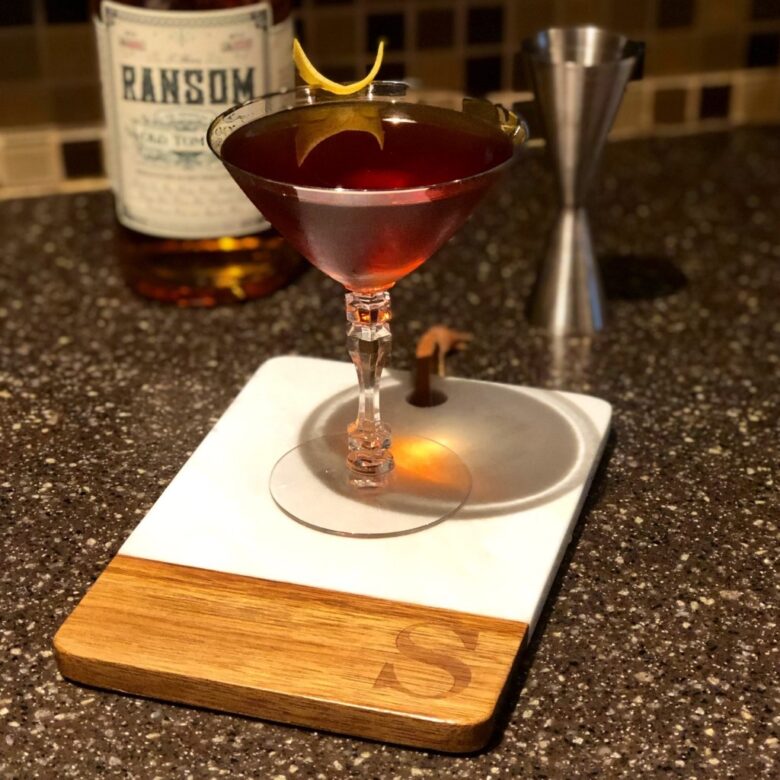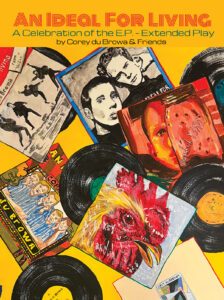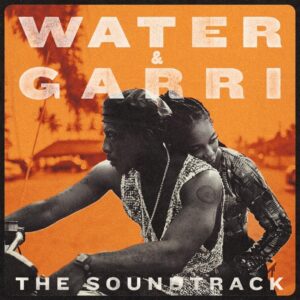I have been doing cocktail research for over a year now for a book I am writing – which is probably the lie that many drinkers tell themselves. As an architect, and not a bartender, I have always been fascinated with the making of the drink – ingredients, glassware, history, etc. The stuff you don’t necessarily think about when sipping a cold one, but affects the overall experience just the same. I have been chronicling my way through the canon of mixology on Instagram (@architecture_of_the_cocktail), and many people have told me I should start a blog. Interesting since I have already told them I am writing a book – perhaps they are trying to tell me something. I have done a lot of research – both in books as well as through empty glasses – so we will see where this Blog goes. If nothing else, it gives me more excuses to drink.
It seems to me the place to start is with what a cocktail is. The word cocktail has become synonymous with any drink that has alcohol in it, much like the word kleenex is anything you blow your nose into – as opposed to Kleenex, the product made by Kimberly-Clark. But a cocktail is a very specific drink. Just like a Chocolate Martini is not actually a martini, most mixed-drinks are not cocktails. A cocktail requires (1) a spirit, (2) water – now primarily ice, (3) sugar, and (4) bitters. The bitters, a tincture of botanical herbs and roots, are the key. Since ancient Greece, physicians have been prescribing bitters and sugar for pretty much any malady affecting people. The bitters, added to the popular single-glass alcoholic punch, made the cocktail medicine. Gave it credibility. Or a justification.
The first reference to the cocktail is from the now famous (to geeky mixologists) passage from the Farmer’s Cabinet, a New Hampshire newspaper on April 28, 1803 – although we assume its creation predates this date by a decade or two. It tells the story of a farmer who woke up with a terrible hangover. He eventually drinks a cocktail – “good for the head” – and then goes back to his day drinking. So, the cocktail is not a Julep, a Sling, a Daisy, a Fizz, or a Swizzle. It is a specific set of must-have ingredients that were originally put together and taken in the morning to keep the world from spinning after a long night of drinking. And now 200+ years later it has become the epitome of sophistication.
By and large, Americans in the early 1800s were drunks. It’s amazing we accomplished anything that century, although honestly, working the fields at that time didn’t exactly require precise hand-eye coordination. Some of the first vocal advocates of Temperance in the late 1700s were large-city factory owners. It was difficult for anyone get ahead in the Industrial Revolution with high absenteeism on Monday after a day off, or drunk workers operating fast-moving machinery.

Today we as a country drink about 2.3 gallons of pure alcohol per person, or about 500 drinks each year. That’s 100% alcohol – a typical botte of vodka or scotch contains around 40% alcohol, wine is approximately 12%, and can of Bud is around 5% (craft beers can go as high as 12%). But in 1830, the average adult was drinking 7.5 gallons each year. Or 3 times as much. Some of that can be attributed to the lack of sanitary drinking water (beer was safer to drink than water). At the time even children were given weak ‘small-beer’, and infants were given the dregs of a tankard of ale mixed with molasses. Bread was good – and beer was liquid bread after all. But that’s only part of it. The rest was that we liked to drink. Americans drank, as they said, from “sunrise to sunrise”. There was a lot of drinking – and a lot of hangovers. Enter the cocktail. It was a morning drink to “clear the head and steady the nerves”, an “antifogmatic”, a “corpse reviver”, “hair of the dog”, so the average bloke could then go back to drinking (and work). Most town clocktowers rang their bell as 11am and 4pm for ‘grog time’ – for a quick ale break during the workday. Then the workers could go home and start the real drinking.
So say what you will about the can-do American Spirit. The Twentieth Century was our century, where we rose to dominance on the world stage (after we quit drinking during Prohibition). But the Nineteenth Century was the 100 years we walked around trying to find our shoes so we could expand drunkenly across the continent. But we did give the world the Cocktail. And that’s something.
Next: Where did the word Cocktail come from?
- Bill Stott
Previously in Architecture of the Cocktail:
Architecture of the Cocktail: Ten Things You Probably Didn’t Know About Bourbon, by Bill Stott
Architecture of the Cocktail: The True Story of Jack Daniel’s Whiskey, by Bill Stott
Architecture of the Cocktail: World Whisky Day. A Brief History of Whisk(e)y?, by Bill Stott
Architecture of the Cocktail: The Japanese Whisky and the Highball, by Bill Stott
Architecture of the Cocktail: The Delicious Dozen, by Bill Stott
Architecture of the Cocktail: What makes a cocktail, a cocktail? by Bill Stott



